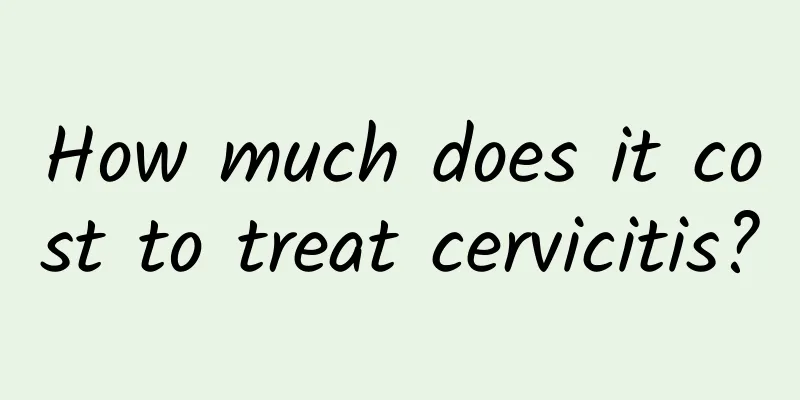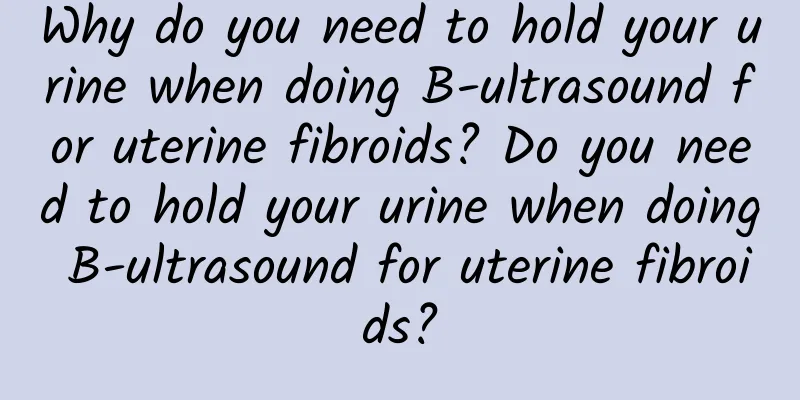How to treat inflammation of the cervix and adnexitis

|
How to treat adnexitis and cervical inflammation? Adnexitis and cervicitis clinically refer to adnexitis accompanied by cervicitis. Patients can be treated through general treatment, drug treatment, surgical treatment and other methods. 1. General treatment: Adnexitis is an inflammation of the fallopian tubes and ovaries caused by infection with pathogens. The main symptoms of patients are lower abdominal pain, increased vaginal discharge, and pain that worsens during activity or after sexual intercourse. Cervicitis refers to inflammation of the cervix. If accompanied by cervicitis, patients may experience increased vaginal discharge, bleeding between two normal menstrual periods, and bleeding after sexual intercourse. Patients should pay attention to rest, prevent colds, strengthen nutrition, exercise appropriately, and improve their body's resistance. If there is a high fever, physical cooling is required. Try to avoid unnecessary gynecological examinations to prevent the spread of inflammation. 2. Drug treatment: Drug treatment is mainly anti-infection treatment. Doctors first select antibiotics based on experience, and then adjust the drugs according to the results of drug sensitivity tests. Commonly used drugs include ceftriaxone sodium, cefoxitin sodium, metronidazole, doxycycline, ofloxacin, amoxicillin clavulanate potassium, etc. 3. Surgical treatment: If you have tubo-ovarian cysts or pelvic cysts, abscesses that are refractory to medical treatment, persist, or rupture may require surgery, either laparoscopic or laparoscopic, depending on the situation. If you still have cervical polyps, you can also have a polypectomy. |
<<: What are the types and symptoms of pathological ovarian cysts?
>>: How early can an ectopic pregnancy be detected?
Recommend
Council of Agriculture: Taiwan Livestock and Xindongyang pork have been recalled for testing
On the 13th, Kuomintang legislator Tsai Cheng-yua...
Which hospital should I go to for examination of hyperprolactinemia?
Which hospital should I go to for hyperprolactine...
What are the treatments for vulvar leukoplakia?
Vulvar leukoplakia refers to localized or diffuse...
What foods are good for shrinking uterine fibroids? What foods are good for shrinking uterine fibroids?
Shrinking uterine fibroids is a topic of concern ...
Analysis of common precautions for acute cervicitis
The precautions for acute cervicitis are of great...
In what situations is artificial abortion not appropriate?
In what cases is it not suitable to have an artif...
How to treat Trichomonas vaginitis
How to treat Trichomonas vaginitis? 1. Trichomona...
Is the right ovarian cyst benign and serious? What are the consequences?
What are the consequences of a serious benign rig...
How to perform surgery for multiple uterine fibroids? What should be paid attention to for multiple uterine fibroids?
Surgery for multiple uterine fibroids is worth gr...
Pelvic effusion with mass after biochemical pregnancy
The presence of pelvic effusion accompanied by a ...
Causes of spontaneous abortion in three months of pregnancy
Under normal circumstances, when a woman is 3 mon...
Can vaginal delivery be achieved with fungal vaginitis?
Can vaginal delivery be achieved with fungal vagi...
Etiological classification of patients with hyperprolactinemia
In daily life, we need to pay attention to hyperp...
Is it okay to take penicillin for pelvic effusion?
Pelvic effusion is the presence of inflammatory e...
A brief analysis of the five common causes of dysmenorrhea
Dysmenorrhea is a gynecological disease that occu...









